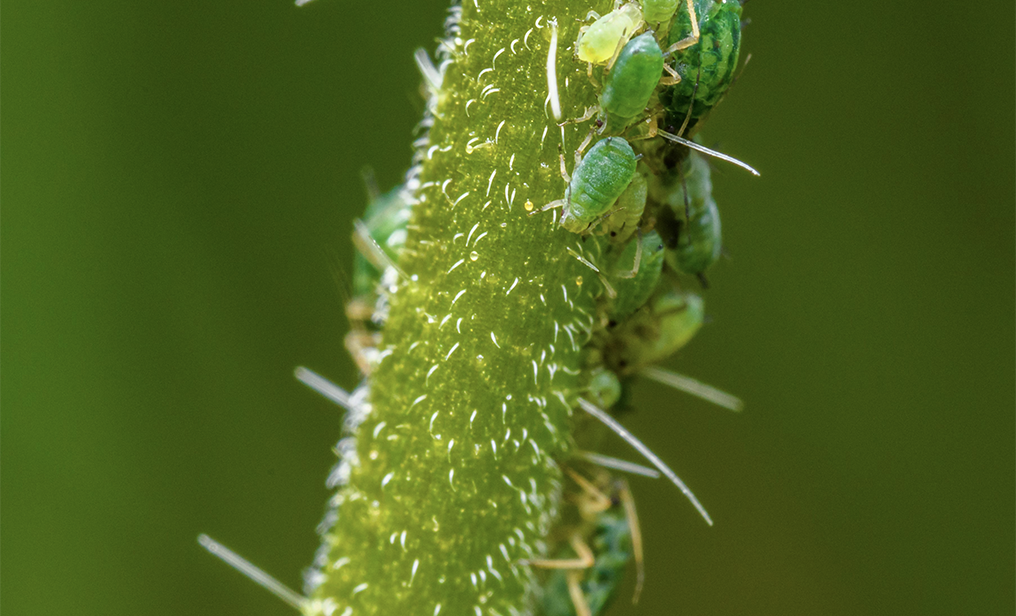
As the growing season winds down, aphids---often called "plant lice"---don't just disappear. In fact, fall is a critical time for these tiny, sap-sucking insects, as they prepare for survival and expansion. Understanding their behavior in the autumn months can help growers protect plants and prevent infestations before winter sets in.
What Are Aphids Up to In the Fall?
Aphids are soft-bodied, pear-shaped insects with long antennae and tiny "tailpipes" at the rear. In fall, their behavior shifts from summer's rapid reproduction to spreading out and preparing for the next season:
- Colonization mode: Aphids start new colonies across plants, dispersing from their summer clusters.
- Winged reproduction: Females give birth to nymphs with wings, and some winged females even produce winged males.
- Migration: Male and female aphids take flight to establish new colonies elsewhere.
- Winter prep: In colder climates, certain species mate and lay eggs in the fall or early winter. These eggs develop hardiness to survive freezing temperatures, ensuring the next generation thrives in spring.
Why Aphids Are Still a Threat
Even as temperatures drop, aphids can cause serious damage to crops, ornamentals, and greenhouse plants:
- They feed on plant sap, distorting flowers and stunting new growth.
- Their honeydew excretion can attract ants and promote sooty mold, leaving plants sticky and unsightly.
- Beneficial insects like lady beetles and lacewings may help, but aphids' rapid reproductive capacity often outpaces natural predators.
Why Greenhouses Are Aphid Havens in Fall
Greenhouses provide the perfect environment for aphids, especially in the fall:
- Warm, humid conditions keep aphids active even as outdoor temperatures drop.
- A variety of plants means aphids can easily find food and hosts.
- Sheltered spaces protect aphids from predators and harsh weather, allowing colonies to thrive.
- Fertilizers and plant growth practices may inadvertently encourage aphid populations.
Effective Fall Aphid Control
To stay ahead of aphids in the fall, growers need a strategy that addresses both current populations and future outbreaks:
- Enstar® AQ Insect Growth Regulator (IGR): Controls aphids by preventing immature insects from maturing into adults. It works alone or as a tank-mix partner, helping fight resistance and reducing future population growth.
- Mavrik Aquaflow® Insecticide/Miticide: Provides control of adult aphids. When tank-mixed with Enstar® AQ, it offers long-term control.
- ClearLeaf® Insecticide/Miticide: offers greenhouse operations a non-phytotoxic formula with maximum performance ratios that can be used all year round.
For optimal results, incorporate these tools into a comprehensive IPM program. This approach not only targets aphids but also supports long-term pest management and plant health.
Fall is the time to act: Don't let aphids spread and prepare for winter unchallenged. Protect your crops and greenhouses now to stay ahead of these persistent pests.


